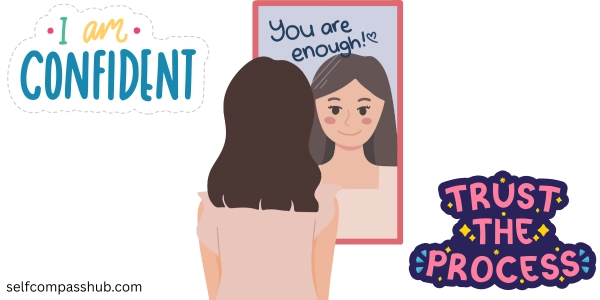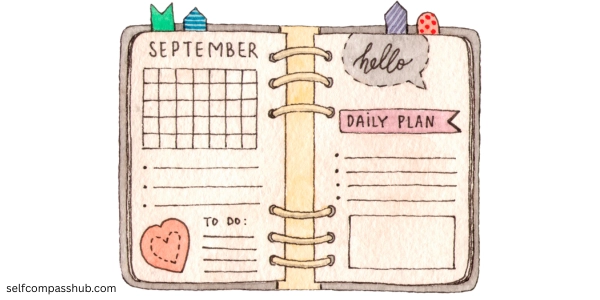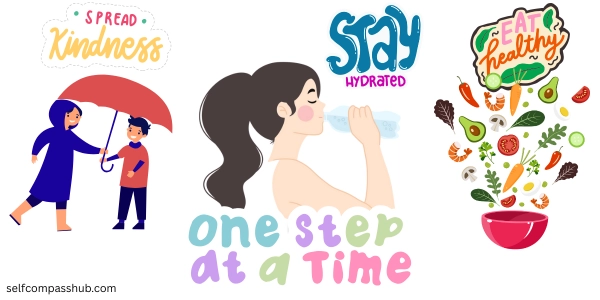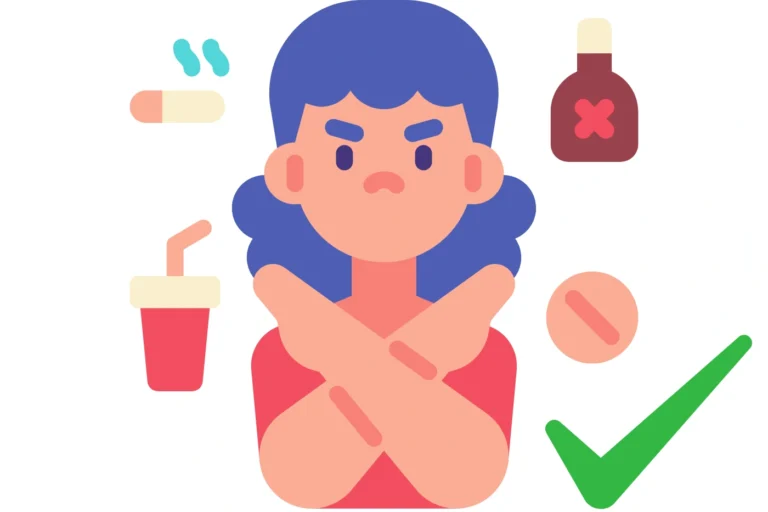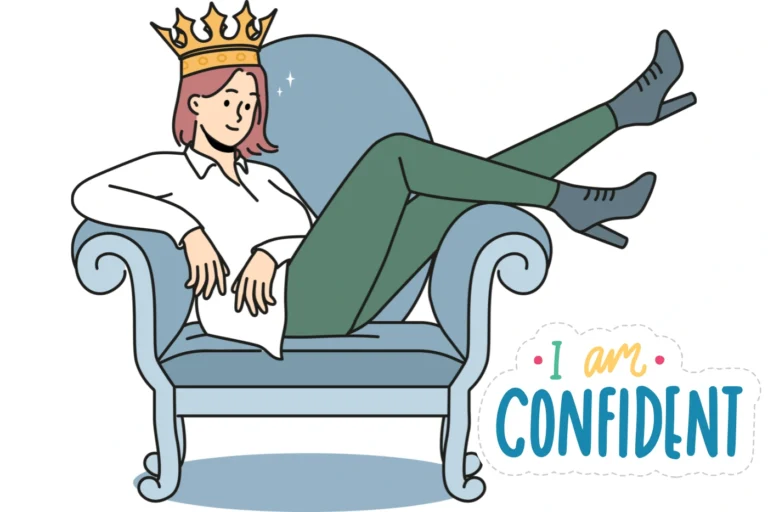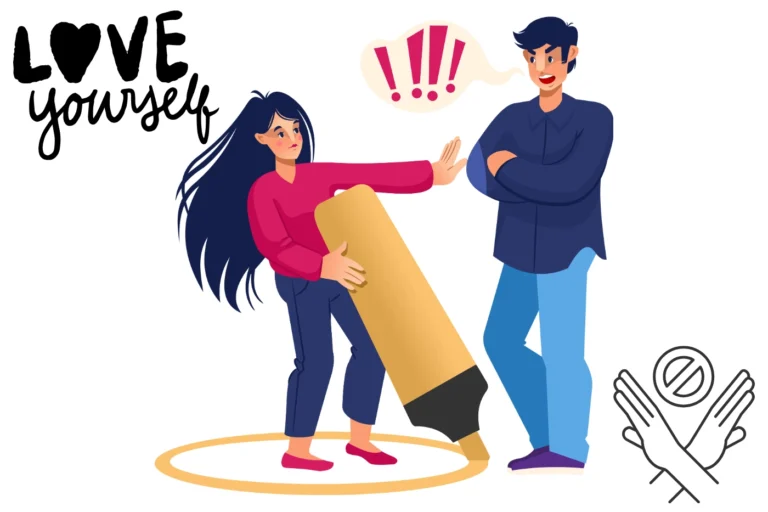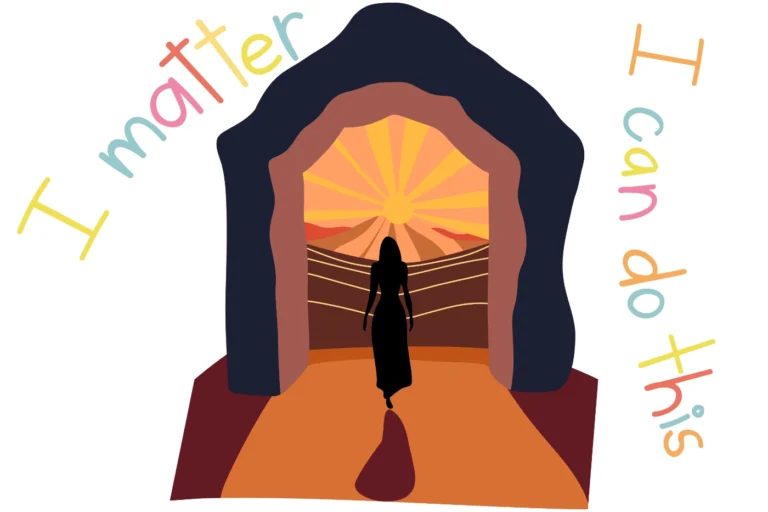Personal growth isn’t just about changing who you are – it’s about becoming the best version of yourself. This post will guide you through creating a practical, actionable personal growth plan that focuses on building confidence, setting meaningful goals, and making lasting positive changes in your life.
Part 1: Understanding Yourself
Self-Assessment
Before you can grow, you need to understand where you stand. Take time to reflect on:
- Your current strengths and weaknesses
- Values that guide your decisions
- Roles you play in various aspects of life
- Areas where you feel most fulfilled or most frustrated
Identify Growth Areas
Based on your self-assessment, identify 2-3 key areas for growth. These might include:
- Professional development
- Emotional intelligence
- Physical health
- Relationships
- Financial wellness
- Creative expression
Part 2: Building Confidence
Challenge Negative Self-Talk
- Notice when you speak negatively to yourself
- Question the validity of these thoughts
- Replace them with balanced, realistic perspectives
Create a “Wins Journal”
- Document daily accomplishments, no matter how small
- Review regularly to recognize your progress
- Use past successes to fuel future confidence
TIP: Keep your wins journal next to your bed and write in it for 5 minutes each night. This practice ends your day on a positive note and trains your brain to notice achievements.
Step Outside Your Comfort Zone
- Identify one small challenge each week
- Take incremental steps toward bigger goals
- Celebrate each time you push your boundaries
Part 3: Setting Effective Goals
Use the SMART Framework
![Infographic showing the SMART acronym with simple icons for each element] Make your goals:
- Specific: Clear and well-defined
- Measurable: Include concrete criteria for success
- Achievable: Challenging but possible
- Relevant: Aligned with your values and long-term vision
- Time-bound: Set deadlines and milestones
Balance Your Goals
Include goals from different life domains:
- Career/education goals
- Health/wellness goals
- Relationship goals
- Personal development goals
- Financial goals
Create an Action Plan
- Break down each goal into smaller steps
- Identify potential obstacles and strategies to overcome them
- Determine what resources or support you’ll need
EXAMPLE ACTION PLAN TEMPLATE:
Goal:
Why this matters to me:
First step (next 24 hours):
Weekly milestone:
Potential obstacles:
Support needed:Part 4: Creating Sustainable Habits
Start Small
- Focus on one new habit at a time
- Begin with “mini habits” that take less than 5 minutes
- Gradually increase difficulty as you build momentum
If you can’t think of anything, then here is a post I wrote about “Life changing habibts”.
Use Habit Stacking
- Link new habits to existing routines
- Example: “After I brush my teeth, I will meditate for 5 minutes”
Design Your Environment
- Remove friction from positive habits
- Create barriers to negative habits
- Use visual reminders for your new behaviors
Part 5: Tracking Progress & Staying Motivated
Implement Regular Reviews
- Daily: Quick reflection on accomplishments and challenges
- Weekly: Review progress toward short-term goals
- Monthly: Evaluate overall growth and adjust as needed
- Quarterly: Deeper assessment of your personal growth plan
Find Accountability
- Share goals with a trusted friend
- Join a community with similar aspirations
- Consider working with a coach or mentor
Celebrate Milestones
- Acknowledge progress along your journey
- Create meaningful rewards for achieving goals
- Take time to appreciate how far you’ve come
Part 6: Overcoming Setbacks
Embrace Failure as Feedback
- View setbacks as learning opportunities
- Analyze what went wrong without judgment
- Use this information to adjust your approach
Practice Self-Compassion
- Speak to yourself as you would to a good friend
- Remember that growth isn’t linear
- Allow yourself to be a work in progress
Develop Resilience
- Cultivate a growth mindset
- Build a toolkit of healthy coping strategies
- Focus on what you can control
final thoughts
Your personal growth journey is uniquely yours. By understanding yourself, building confidence, setting meaningful goals, and creating sustainable habits, you’re not just planning for growth – you’re actively transforming your life.
Remember that personal development isn’t a destination but a lifelong journey. Start where you are, use what you have, and do what you can. The most important step is the one you take today.
“The only person you are destined to become is the person you decide to be.” – Ralph Waldo Emerson
Action Step
Take 15 minutes right now to complete a quick self-assessment and identify one small action you can take today toward your growth. Sometimes the smallest steps lead to the biggest transformations.
What area of personal growth are you most excited to work on? Share in the comments below!


